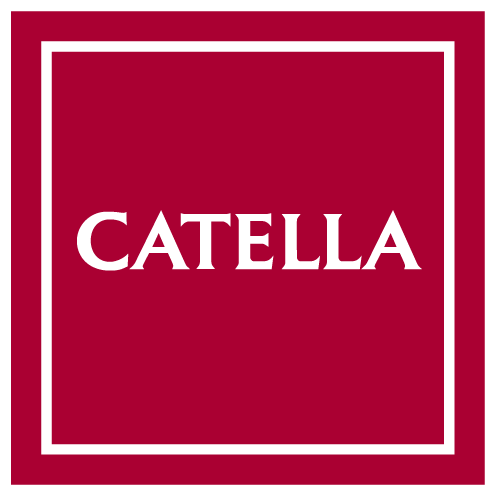We have been positioned for a good economy since the beginning of 2016. Given our upbeat economic outlook, we have also had a positive view of the stock exchange, and the fund's net exposure has been clearly positive for a long period. On the long side, our positions have been mainly in cyclical sectors such as energy, industry and materials. Against this we have had short positions, mainly in companies with high valuations. We have also had derivative hedges. Although our short positions contributed in October, our long positions fell by much more, leading the fund return to fall further than we anticipated. This is primarily due to the fund's selection of companies, but our aggressive net exposure during the year of 30-50% also made a negative contribution to the performance.
The energy sector was weak in October and early November. The reason we chose to invest in this sector is that it has been underinvested for a long time, while demand is rising. At present, almost all countries, with the exception of Iran and Venezuela, are producing at full capacity. Many of the producers, such as Venezuela and Libya, also have major domestic problems. This has led to historically low levels of unutilised global capacity. The system is therefore susceptible to political events. Production is currently outstripping consumption, leading to rising global inventories. Before the October downturn, this sector was one of the strongest performers. This, combined with increased concern about a weakening economy, has led to largescale profit taking by investors.
Since the return has been weak, we have now chosen to reduce the risk in the fund. This has been achieved by both reducing long positions (primarily in energy, industry and materials) and increasing our short positions. As a consequence, the net exposure of the fund has also been reduced. Derivative hedges have been increased, both actively and organically, since the stock market has recently developed poorly. In addition to the above explanations for recent performance, one of our holdings was hit by company-specific news this month, when Finnish industrial company Outotec announced that one of its projects in Saudi Arabia had encountered problems. The stock fell over 30 percent on the news due to the difficulties of the market to assess the economic impact, even though it is still too early to determine who is responsible. After the original stock movement, it has rebounded sharply. We chose to reduce our holding in the company on this uptick in order to better reflect the increased risk in the company.
The risk in the fund has been reduced from its highest VaR (Value at Risk) of 1.18 percent to 0.73 percent. The net exposure on 19 November 2018 was 5 percent. We believe that our long positions are attractively valued, and October's stock market decline has made these valuations even more enticing. On the short side are mainly over-priced companies with weak profit updates. Our fundamental view of the market is that this is a correction similar to those we have seen in recent years, but it is important not to be overconfident since large stock market falls have historically been an early indication of a weaker economy.
October 2018 went down in history as the worst month since the fund started. The index decline for the month was the third largest since 2010 and, historically, we have otherwise weathered tough months well, as you can see. The fund has been through challenging times before, particularly if we look at early 2016, when it was down around 7 percent in the first quarter before ending the year up some 12 percent following a realignment of the portfolio.
We are disappointed with this year's performance, and the management team is together working very hard to get back up again. Increasing the gross exposure and reducing the net exposure are at the forefront of our minds. We have a great desire to make a comeback!

